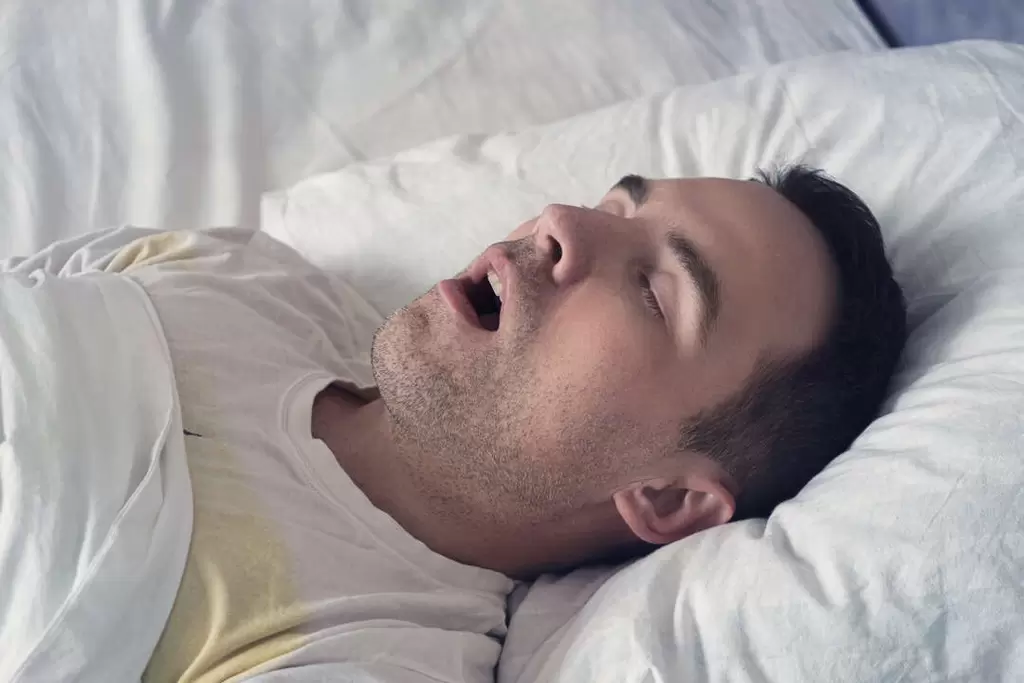Sleep Apnea: Feeling More Tired After Sleeping, Hidden Cardiovascular Risks, 5 Key Symptoms and Treatment Methods

Sleep Apnea: Feeling More Tired After Sleeping, Hidden Cardiovascular Risks, 5 Key Symptoms and Treatment Methods
How can you tell if you have sleep apnea? Here are five simple indicators:
Snoring may seem like a sign of deep sleep, but it’s actually a warning of poor sleep quality! Mild snoring might not cause severe health problems, but severe snoring indicates significant muscle obstruction in the airway. This can lead to difficulty breathing or even moments of choking and apnea during sleep, causing the body to gradually enter a state of oxygen deficiency. When blood oxygen levels drop significantly, the brain wakes you up to resume breathing, which is why people with severe snoring often wake up gasping for air.
This constant brain alertness prevents true rest during sleep. Repeated oxygen deprivation can harm brain and heart blood vessels, increasing the risk of heart attacks, strokes, and vascular blockages.
Sleep apnea is more common among men, middle-aged and older adults, obese individuals, alcohol abusers, those with cardiovascular disease, people with smaller jaws, and users of sedatives or sleeping pills. Approximately 25% of adults experience some form of sleep apnea.
To diagnose sleep apnea, you can either spend a night in a professional sleep laboratory or use a wearable pulse oximeter at home. This device monitors blood oxygen levels, oxygen saturation indices, perfusion indices, and sleep heart rate variability to analyze sleep quality and conditions.
If diagnosed with sleep apnea, here are six treatment methods to help manage it:
1. Weight Loss: Excess neck fat can compress airways, causing narrowing. Adjusting your diet and exercising can help, as weight loss is a proven, non-invasive treatment for sleep apnea in overweight patients.
2. Avoid Alcohol and Sedatives Before Bed: Alcohol and sedatives can worsen drowsiness and increase the risk of apnea episodes.
3. Sleep on Your Side: Some people are more prone to apnea when lying on their backs. Sleeping on your side may reduce apnea frequency.
4. Use Decongestants: Nasal decongestants can reduce nasal blockages, improving airflow and making CPAP (Continuous Positive Airway Pressure) devices more comfortable and effective.
5. Use a CPAP Device During Sleep: CPAP therapy uses a mask to keep airways open during sleep. After training, it can be used effectively at home and is the standard treatment for adult sleep apnea.
6. Surgery: Surgical options include removing tonsils, reducing nasal turbinate size, or modifying soft palate tissues to reduce airway obstruction and improve breathing during sleep.
Sleep apnea can lead to severe cardiovascular diseases. Addressing risk factors early can improve quality of life and reduce long-term health risks. If you or your loved ones experience these symptoms, it’s important to consult a medical professional for proper diagnosis and treatment.